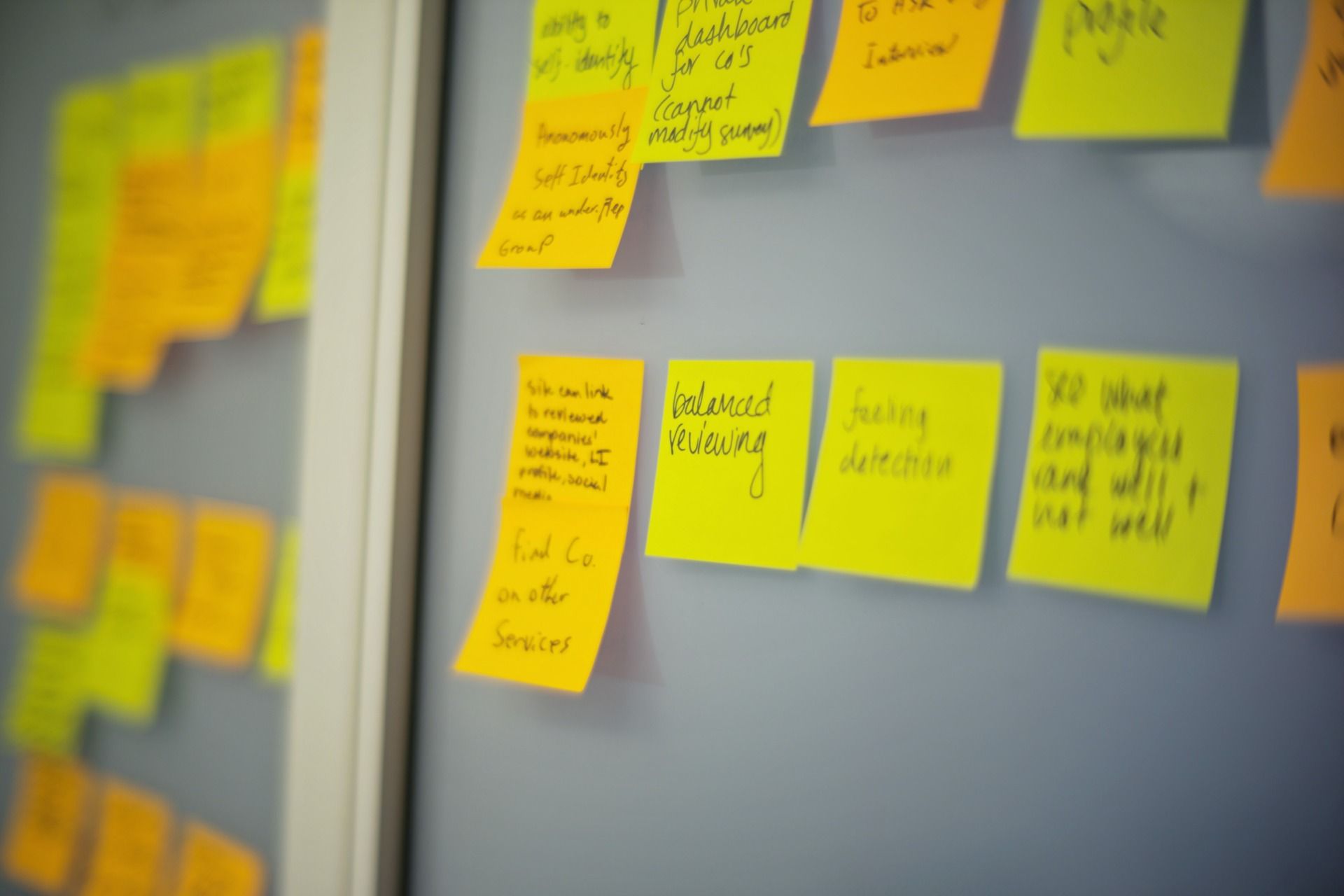Three Creative Processes that you can use in the organization of events
By organizing an event and using creativity in the management and planning process of the various types of events, you will be able to offer solutions, ideas, products and services which will contribute towards a successful event.
Creativity in Events
Creativity in events is often the result of the need to find solutions to restrictions or limitations in terms of venues, budget and even time, when it is necessary to achieve the same result, but in a different way. Through an original approach to the problem one can create memorable experiences in the participants’ minds. Creativity should be used both in the production of the event, but it also fosters results in other domains, from building sustainable relationships with partners to growth strategies in the market and even new business models.

Benefits of creativity for event organizers:
- It provides solutions to problems and innovation through diversity;
- It stimulates characteristics like courage, confidence and competitiveness within the team;
- It requires and nurtures more effective communication between team members;
- It improves the agency’s innovation processes;
- It becomes the differentiating element between all agencies on the market;
- It contributes to new, more innovative management models, due to the implementation of more participatory work methodologies which, in turn, increase the contributions of staff;
- It improves the relationship with the client, enriches the relationship with the loyal client, conquers new customers and discovers new niche markets.
Creative Processes
There are several creative processes that can be used in various business areas, namely in the area of organizing events, due to its versatility, because the truth is that the best part of creative processes is that we can change them to suit the challenges that we are faced with.
/cov
Brainstorming
IDEO considers brainstorming sessions to be very effective when the objective is not a perfect idea, but rather many ideas, collaboration and openness to disruptive solutions. It also presents seven rules that one must comply with for the creative process to work among all participants; not making judgments; encouraging crazy ideas; keeping the focus on the topic to be worked on in the session; visualization and, finally, creation in quantity and in a limited time frame.
Subscribe and get the free Ebook
Guide for event planning
Design Thinking
– Design Thinking
Design Thinking is explored by Tim Brown, IDEO’s executive chair, by Stanford University and by large multinational companies. This process, centered on the human being/client, is a methodology for solving problems and challenges that helps teams to find answers in a more empathetic, innovative and collaborative way.

It consists of 5 phases. The first, Empathy, is the moment when we identify and know our audience, their needs and their desires exactly. The second phase comes after collecting the information and the observations made in the first. It is now necessary to define the problem. After this definition, it is time to get the team together for the Idealization of solutions in a collaborative and encouraging environment, in which everyone is given the chance to present their various proposals. Finally, Prototyping and Testing will always be two phases that will adapt to the event subject, as it is not easy to prototype an event as a tangible product, but we can always resort to small engagement tests and even use the results of experiences and solutions already used in other events.

Visual perception is one of our best tools and Lego Serious Play, widely used today for the prototyping of events, experiences and services, helps to visualize the solutions found with a practical and collaborative activity.
We must not forget that this process will never be linear and that all phases inform the others, in order to have constant inputs to improve the necessary solution.
Design Sprint
Design Sprint is a creative process invented by Jake Knapp during his years at Google and Google Ventures. It is a process influenced by Design Thinking, with the objective of testing ideas in just five days, from the conception of the idea to the prototyping and decision, in which speed helps the team to predict the finished product and reception by the client, before making any kind of large investment.

The House of Events continues to work on acquiring new skills to help our clients organize creative events that remain in their memories.
Do not hesitate to contact us. We are available to combine synergies.

Ana Maria Machado
With an academic background in marketing and a degree in Art History, Ana has been working in MICE since 2017, mainly in incentive travel and corporate meetings.
Useful links:
Brainstorming:
https://www.designkit.org/methods/28
Design Sprint:
https://designsprintkit.withgoogle.com/methodology/phase4-decide
https://www.gv.com/sprint/
https://designsprintkit.withgoogle.com/methodology/overview
Design Thinking:
https://www.thedesigngym.com/resources/







